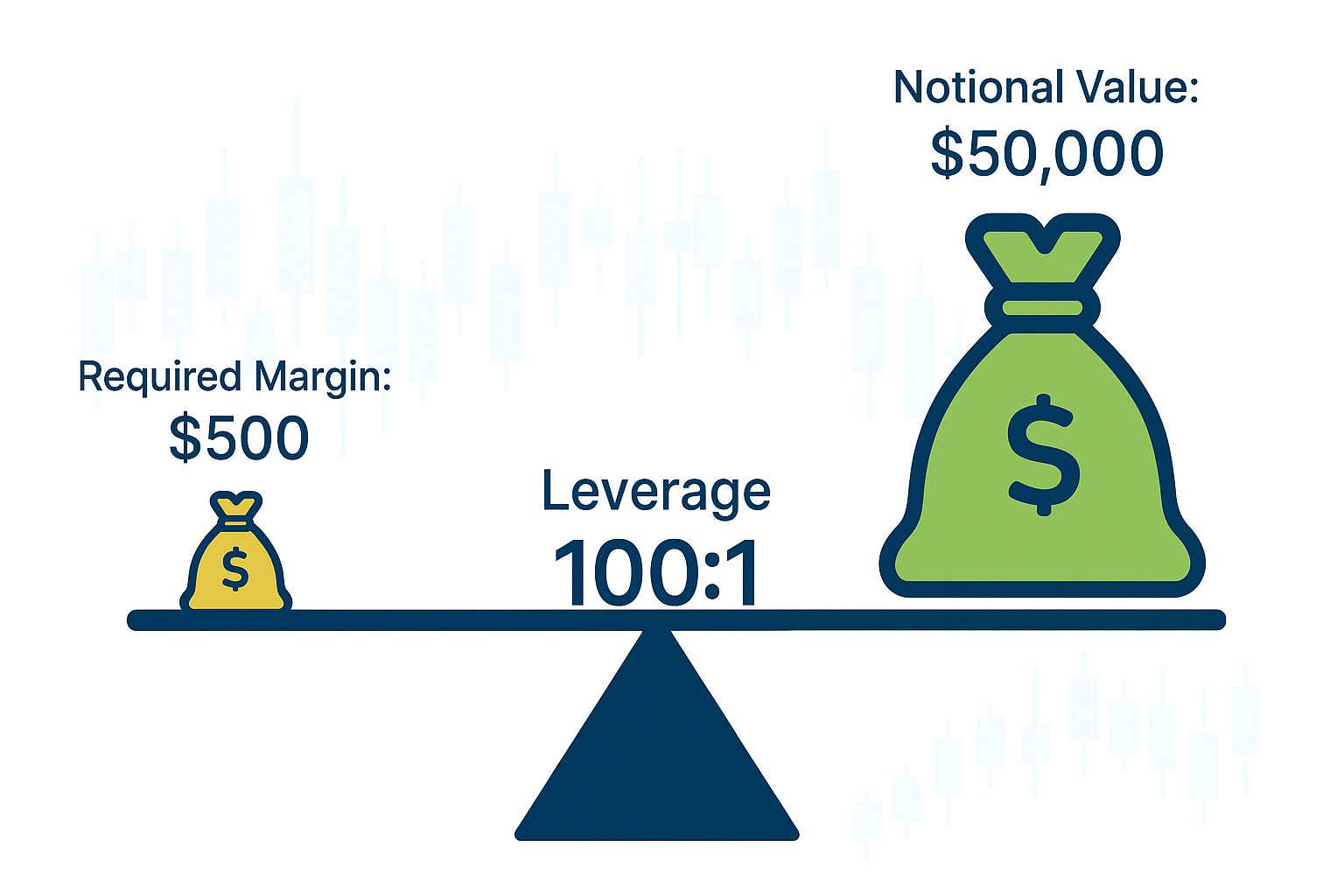📌 Quick Answer
- Leverage in forex lets you control a larger trade size with a smaller amount of money by borrowing buying power from your broker.
- Margin is the portion of your funds set aside as a deposit to open and maintain that leveraged trade. Together, they allow you to trade bigger positions than your account balance alone could support, but they also increase potential risks and losses.
What is Leverage in Forex?
Example of Leverage
Why Leverage Exists
What is Margin in Forex?
How Margin Works

Margin vs Leverage — What’s the Difference?
Quick Reference Table
Margin and Leverage Example
The Connection Between Leverage and Margin
What is a Margin Call?
How to avoid a margin call
Stop-Out Level Explained
Why High Leverage Can Be Risky
Simple Formula Recap
Final Thoughts
Our great offer
Master Leverage and Margin
At LITFX Academy, we offer live classes, one-to-one mentorship, and real trading practice to help you trade like a pro. Start your forex journey today.

Frequently asked questions
1. What is the difference between leverage and margin?
Leverage is the borrowing power from your broker that lets you open a big trade. Margin is the small amount of your own money you have to put up as a security deposit to get that borrowing power. Leverage is the tool, and margin is the cost to use the tool.
2. Is high leverage good or bad?
High leverage isn’t good or bad on its own—it's a tool. It can be good because it allows for higher profits, but it is bad if you don't manage your risk well. High leverage on a losing trade can lead to a quick margin call and a wiped-out account.
3. How is a margin call different from a stop-loss?
A stop-loss is a tool you set yourself to close a trade at a specific price to limit your loss. A margin call is a forced action by your broker that closes your trades when your account has lost too much money. A stop-loss is a choice, while a margin call is an automatic safety measure.
4. Can I lose more money than I have in my account?
In some cases, yes. While most modern brokers have systems in place to prevent this, a very fast market movement (called a "gap") can sometimes cause your account to go into a negative balance. This is why it’s so important to use risk management tools and to only trade with money you are okay with losing.


